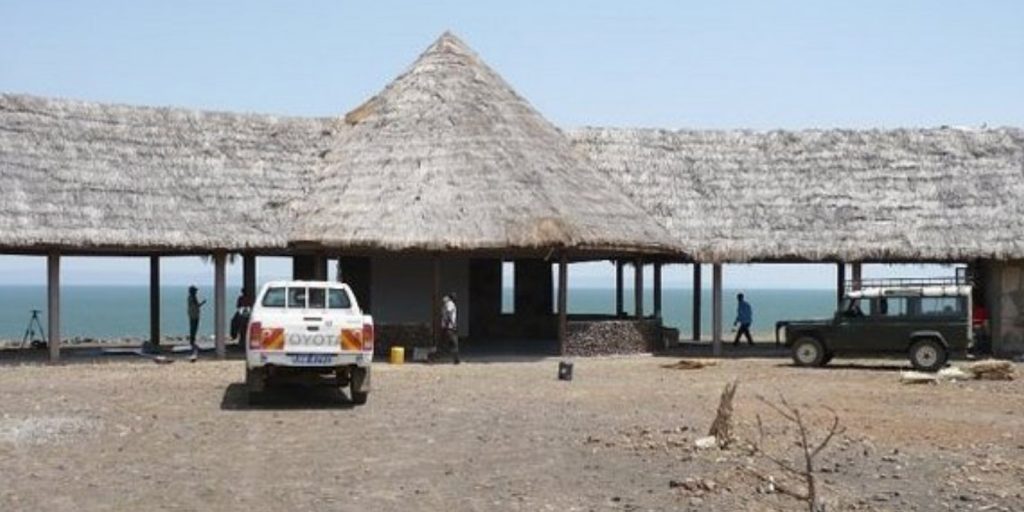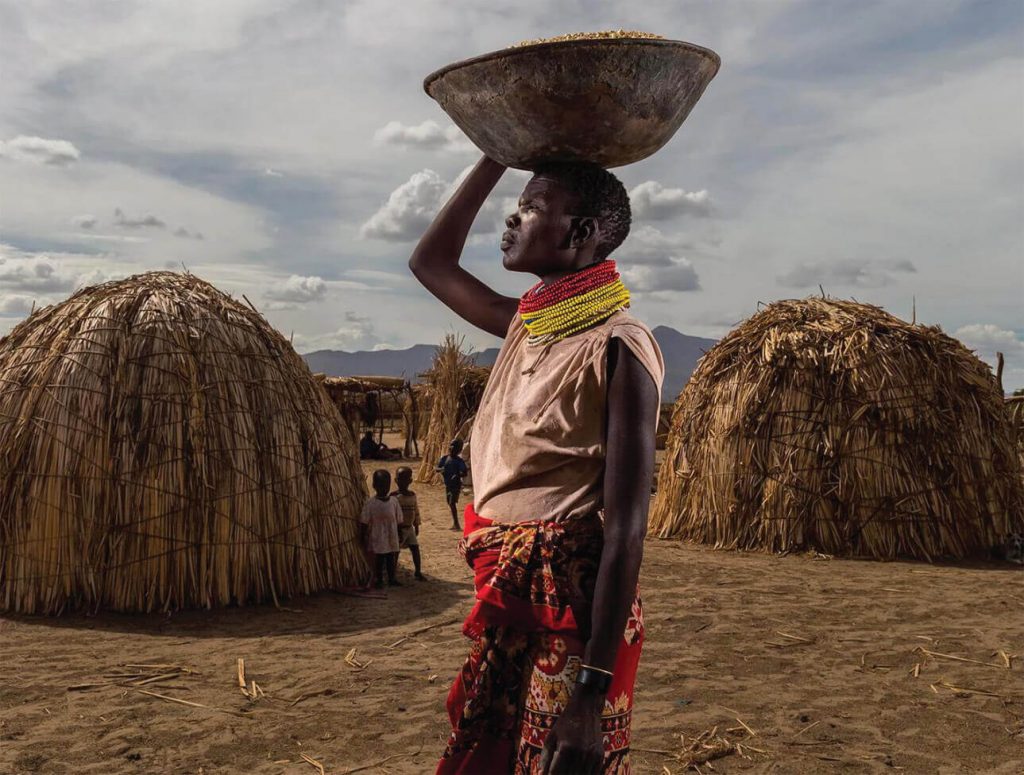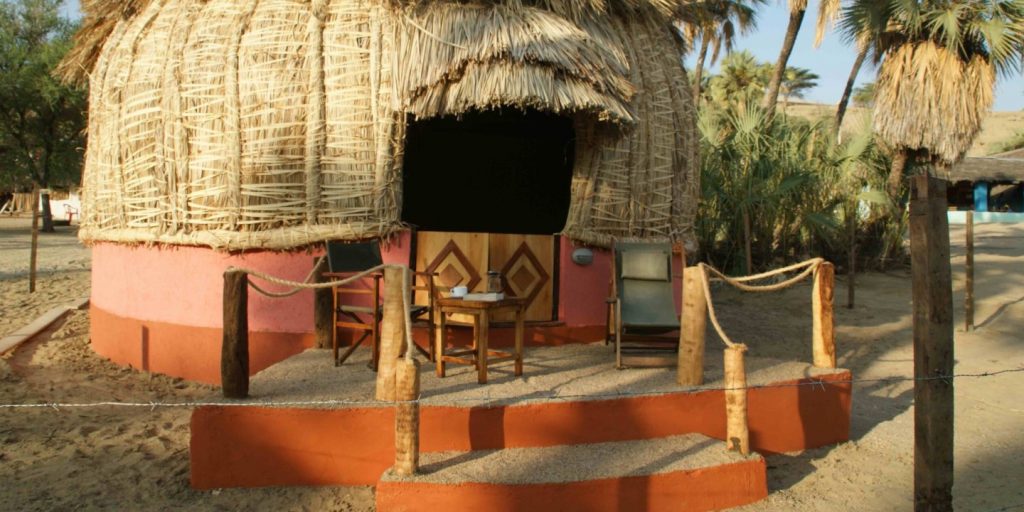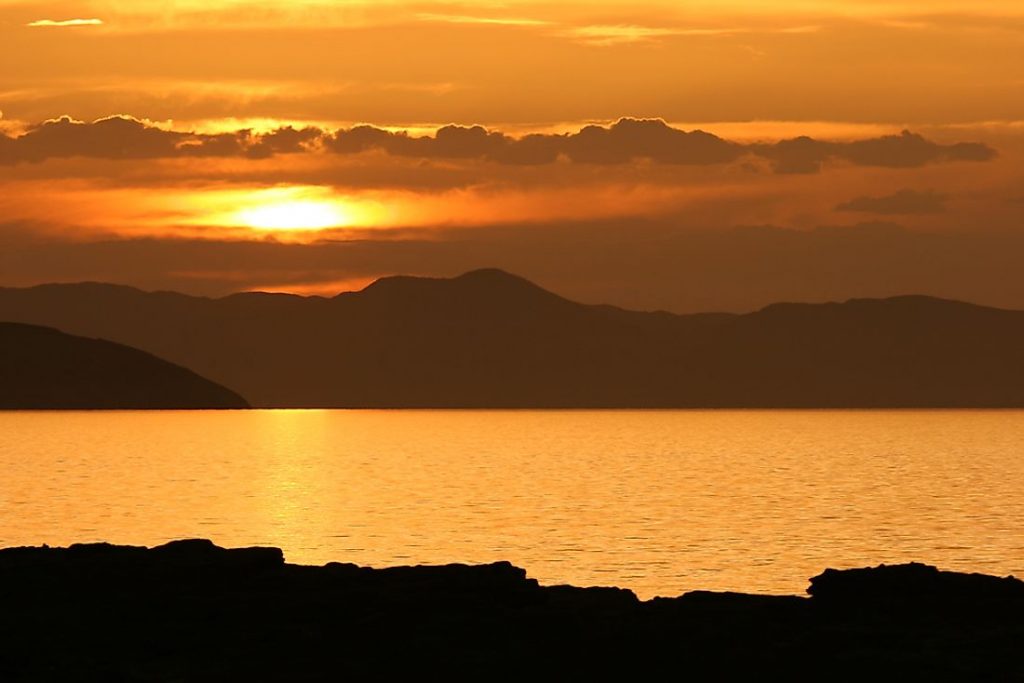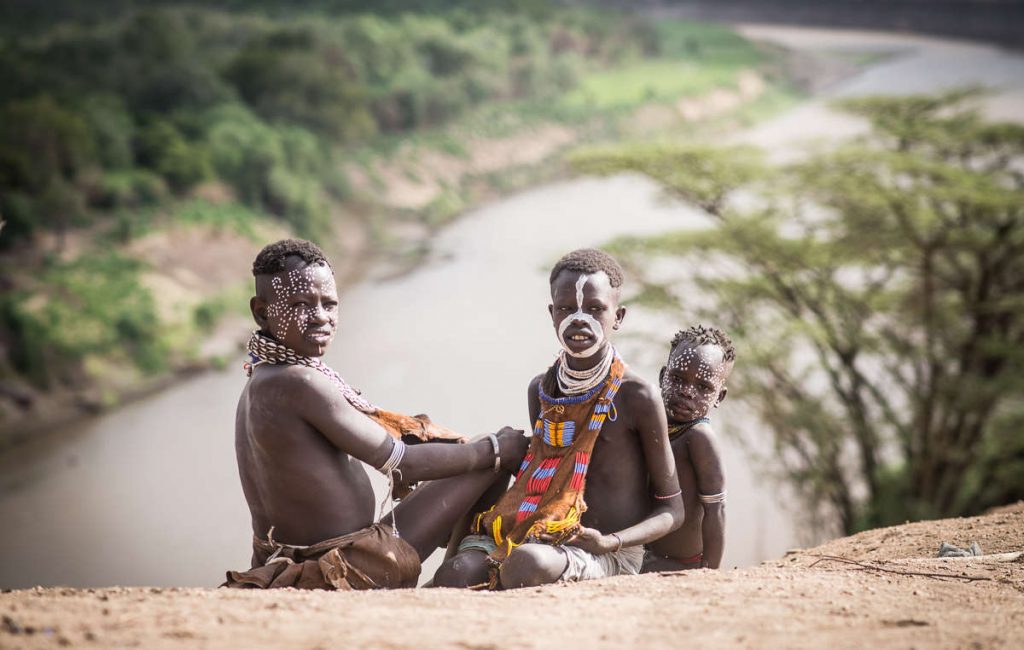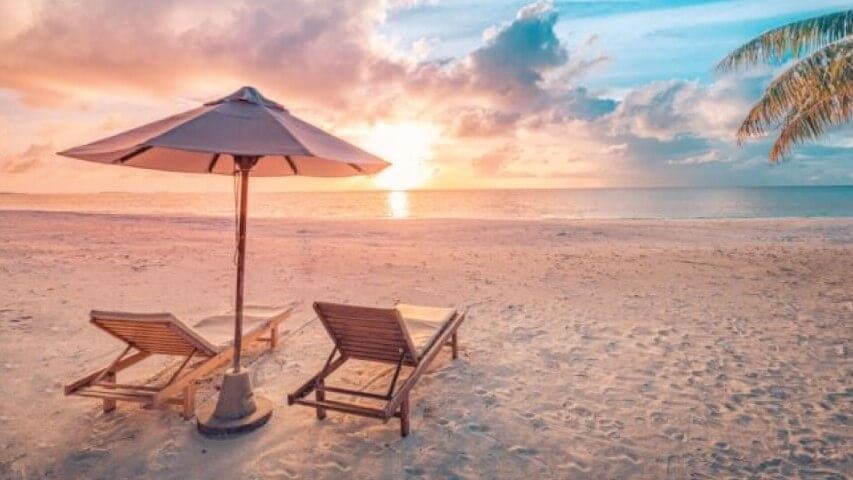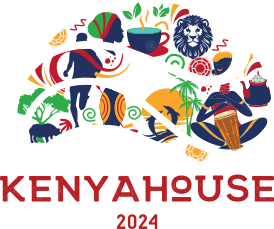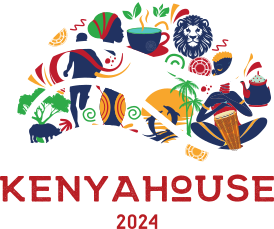Lake Turkana
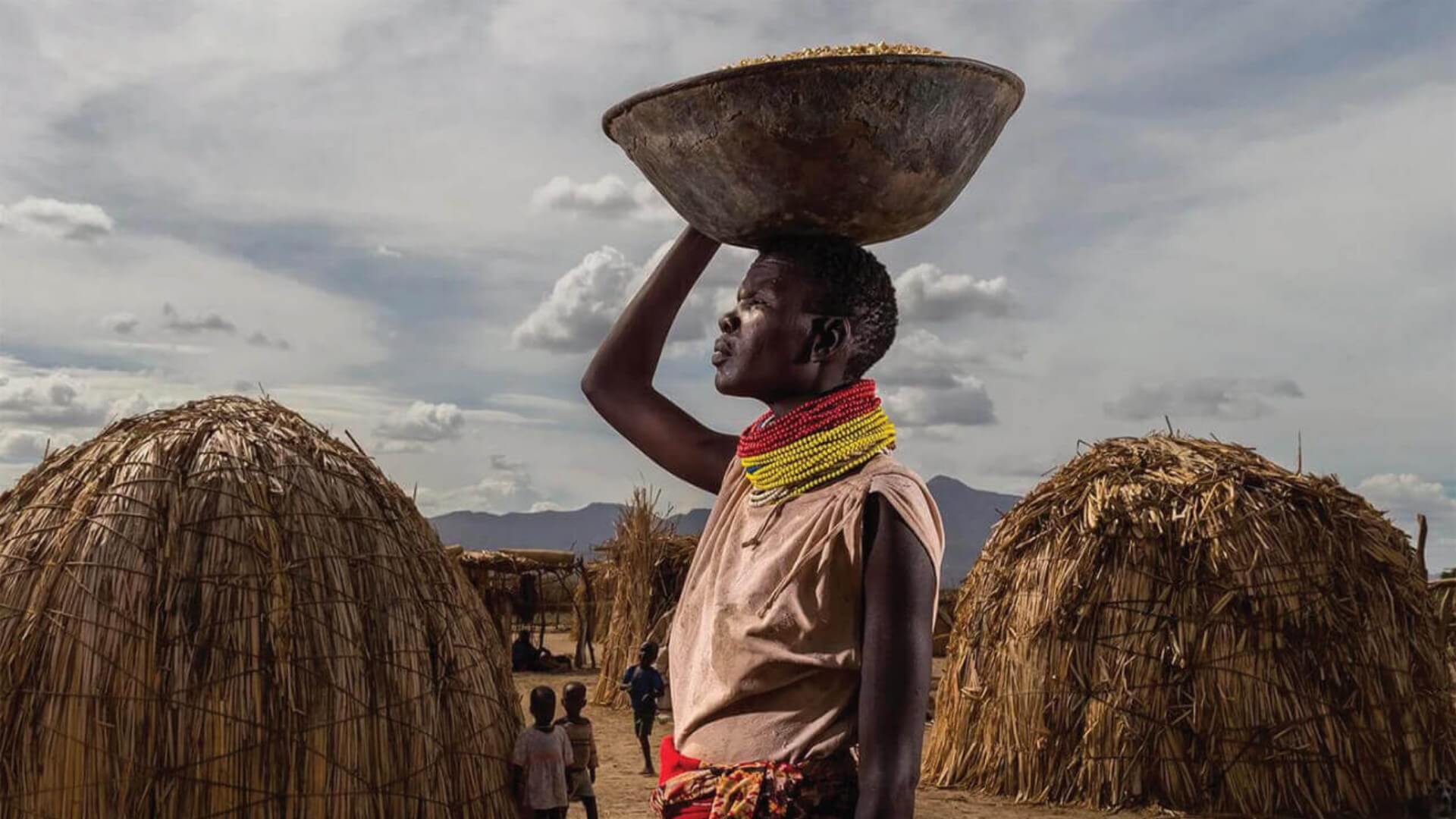
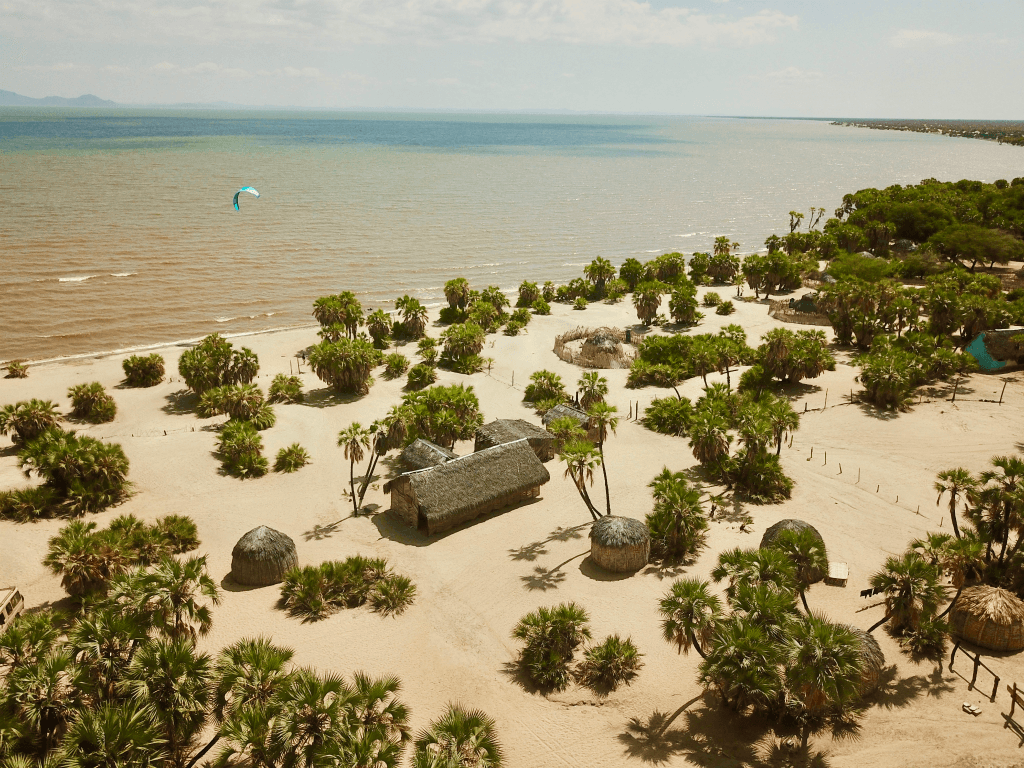
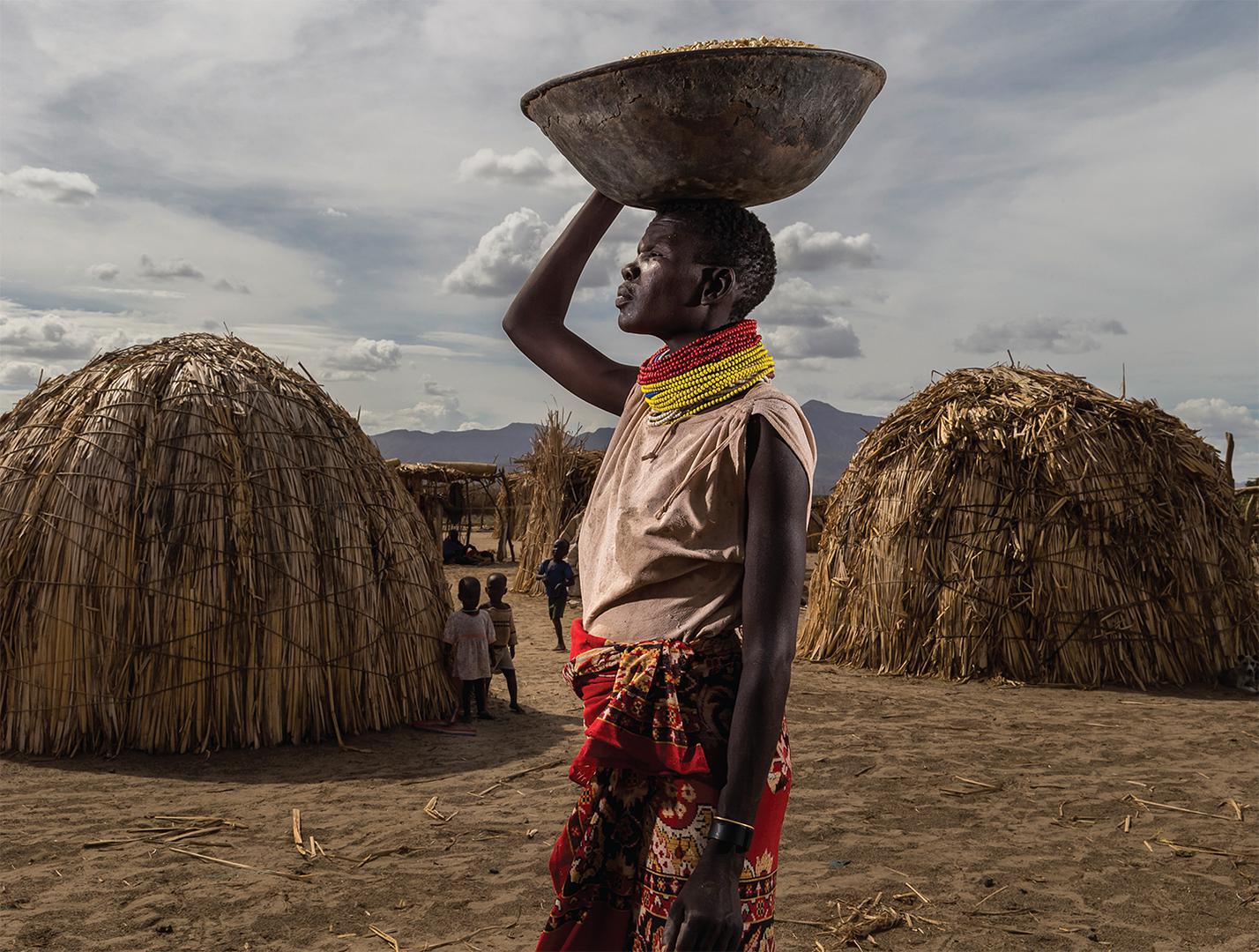
A UNESCO World Heritage Site
Straddling the Ethiopian border at its northern end, Lake Turkana stretches south for 250km, bisecting Kenya’s rocky deserts like a turquoise sickle, hemmed in by sandy wastes and black-and-brown volcanic ranges. The water, a glassy, milky blue one minute, can become slate-grey and choppy or a glaring emerald green the next. Turkana’s climate is extremely hot and dry for ten months of the year, and very humid during the rains. The lake is notorious for its strong easterly winds and the squalls whipped up are the cause of most accidental deaths on the lake, rather than hippos or crocodiles.
Turkana’s traditional cultures are still very much a vibrant part of the scene, wherever you travel: the people you’re most likely to encounter are Turkana on the western and southern shores, Samburu south of Loiyangalani, Elmolo to the north of Loiyangalani, and Gabbra further east. The Turkana and Samburu are pastoralists, who hold their cattle in great reverence; the Gabbra herd camels; while the Elmolo are traditionally property-less hunters and fishers.
The best expression of the breadth of this cultural richness is the Lake Turkana Cultural Festival, which has taken place on the eastern shores of the lake every year since 2008, and brings together fourteen different communities from the region for performances and to share cultural traditions.
TOP ACTIVITIES
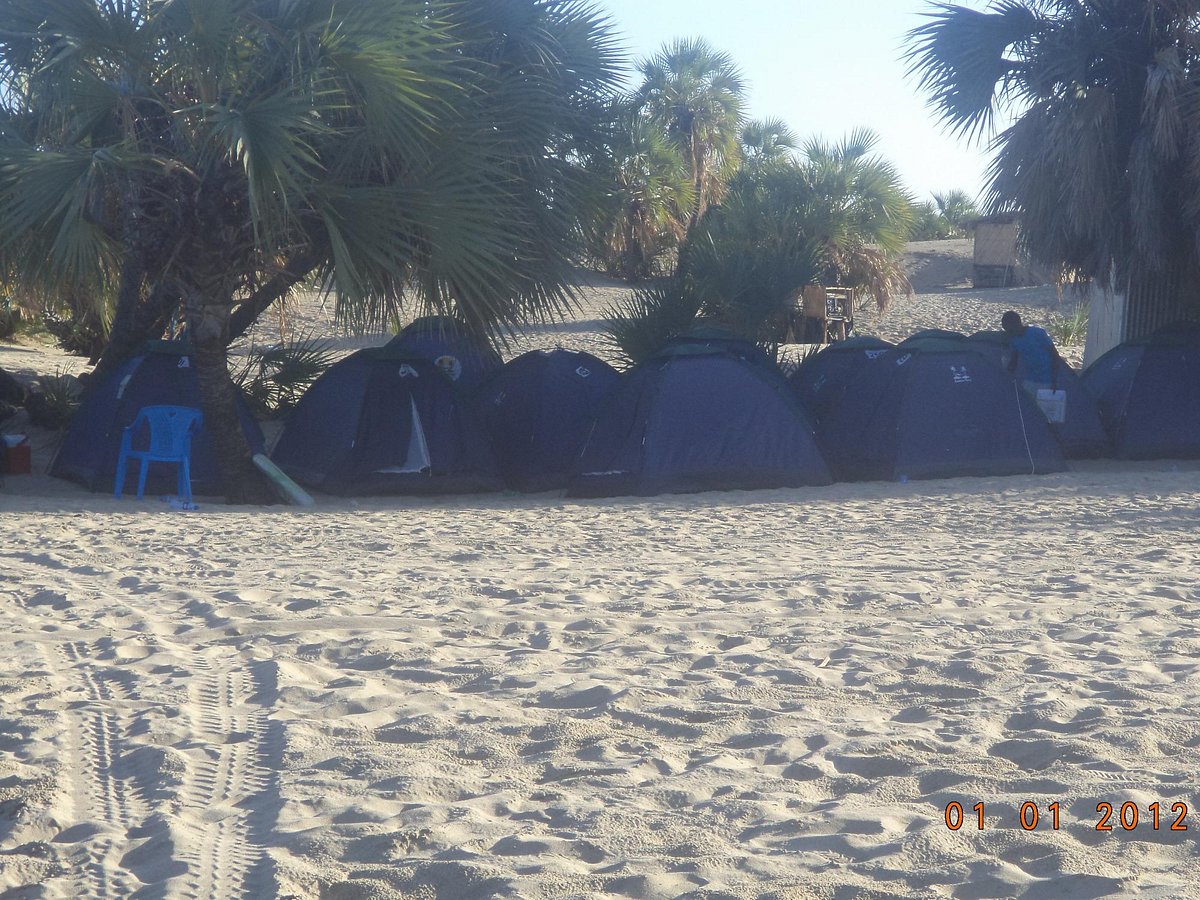 Eliye Springs
Eliye Springs
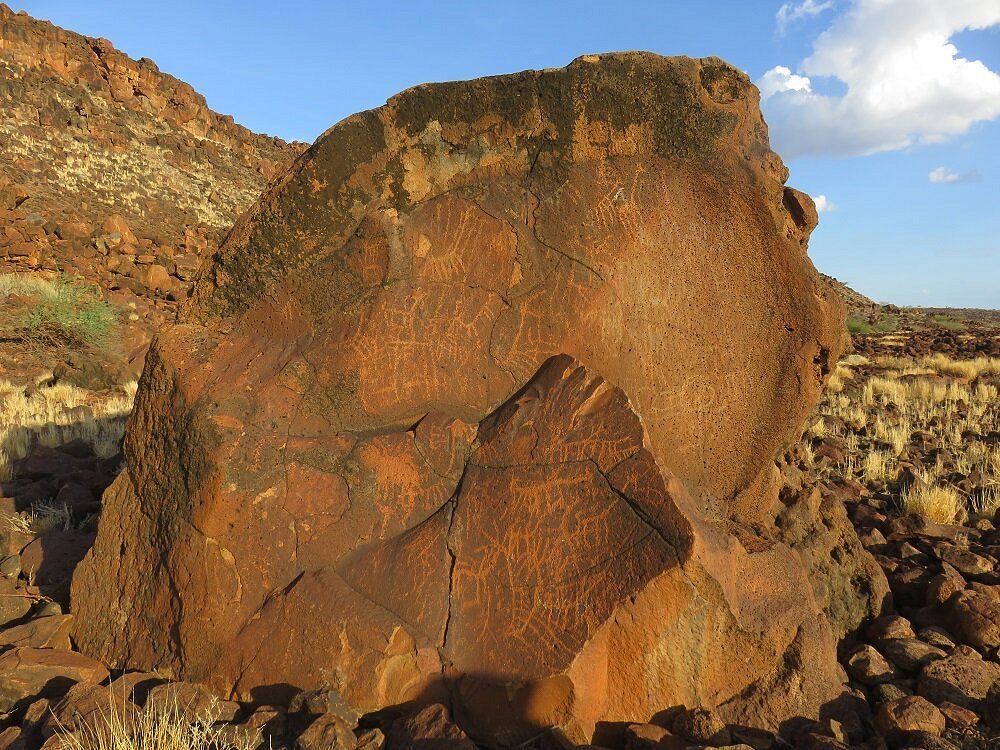 Marti Rock Art
Marti Rock Art
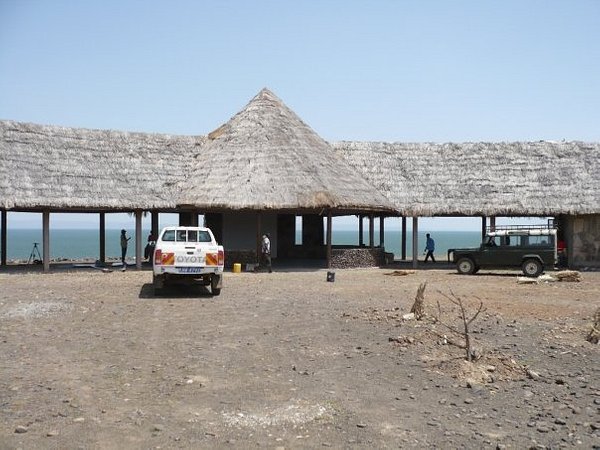 Loiyangalani Museum
Loiyangalani Museum
 Mt. Kulal Biosphere
Mt. Kulal Biosphere
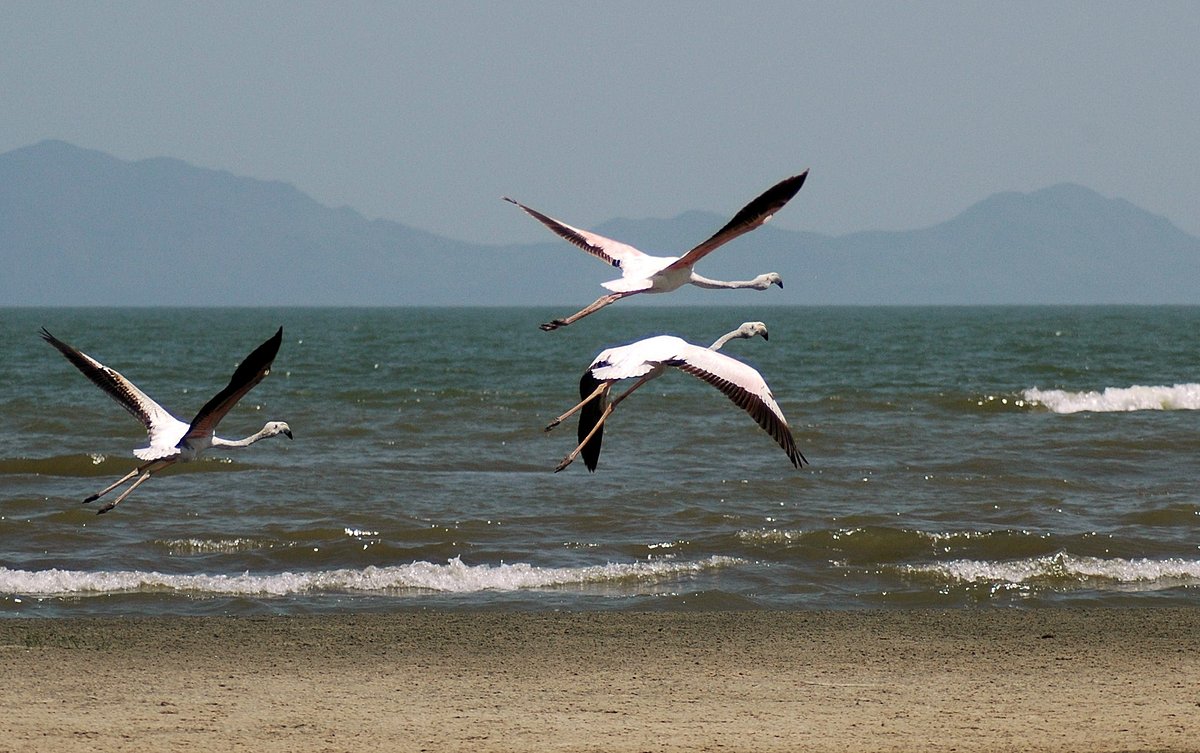 Lake Nakuru
Lake Nakuru
 Lake Nakuru
Lake Nakuru
How to Get to Lake Turkana
Lake Turkana is located in northern Kenya, 665km/414mi north of Nairobi. Loiyangalani on the southeastern shore is accessible by chartered flight or on organized truck trips.
Charter flights are also available to Sibiloi. There are scheduled flights to Lodwar on the western side of the lake.
There are several routes to the east and west sides of the lakes. There is no road connecting these two sides, but lake crossings can be organized at a hefty price. Some of the routes have become partially tarred, which makes the lake more accessible than it has ever been. Experienced 4×4 enthusiasts could undertake the trip independently, but ideally in a convoy of at least two vehicles. To get to the lake from Nairobi, you need to cross the Chalbi or Karoli desert.
This resort town scores points with a diverse crowd: party people, families, honeymooners, backpackers and water-sports enthusiasts..
NEARBY
ATTRACTIONS
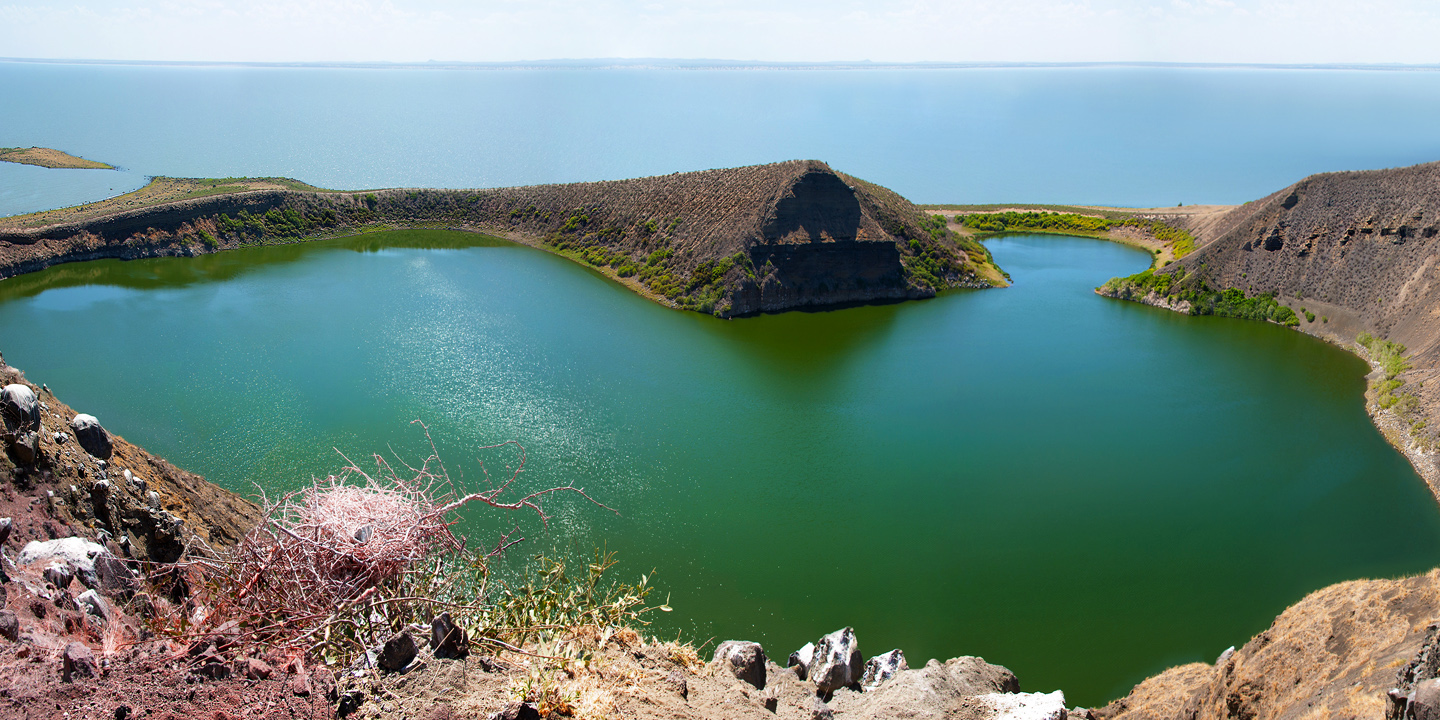 Central
Central
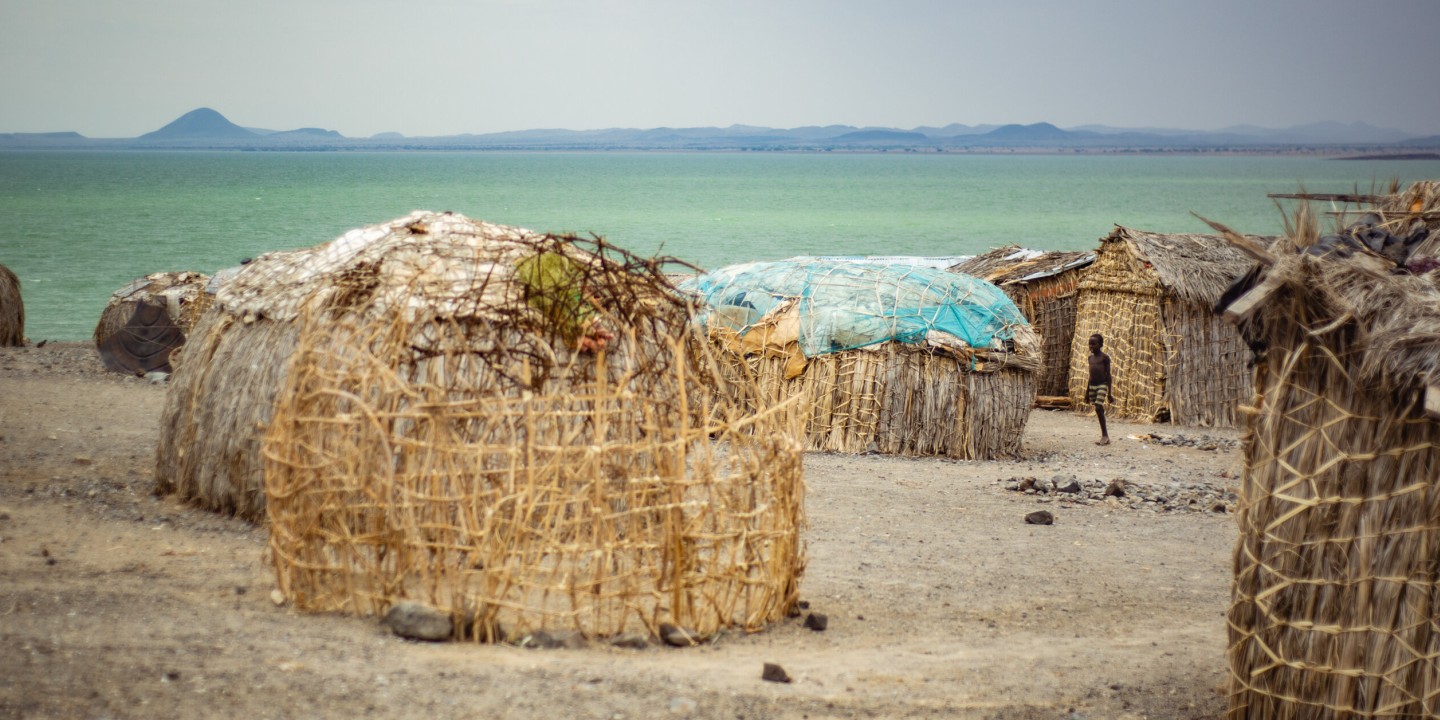 El-molo bay
El-molo bay
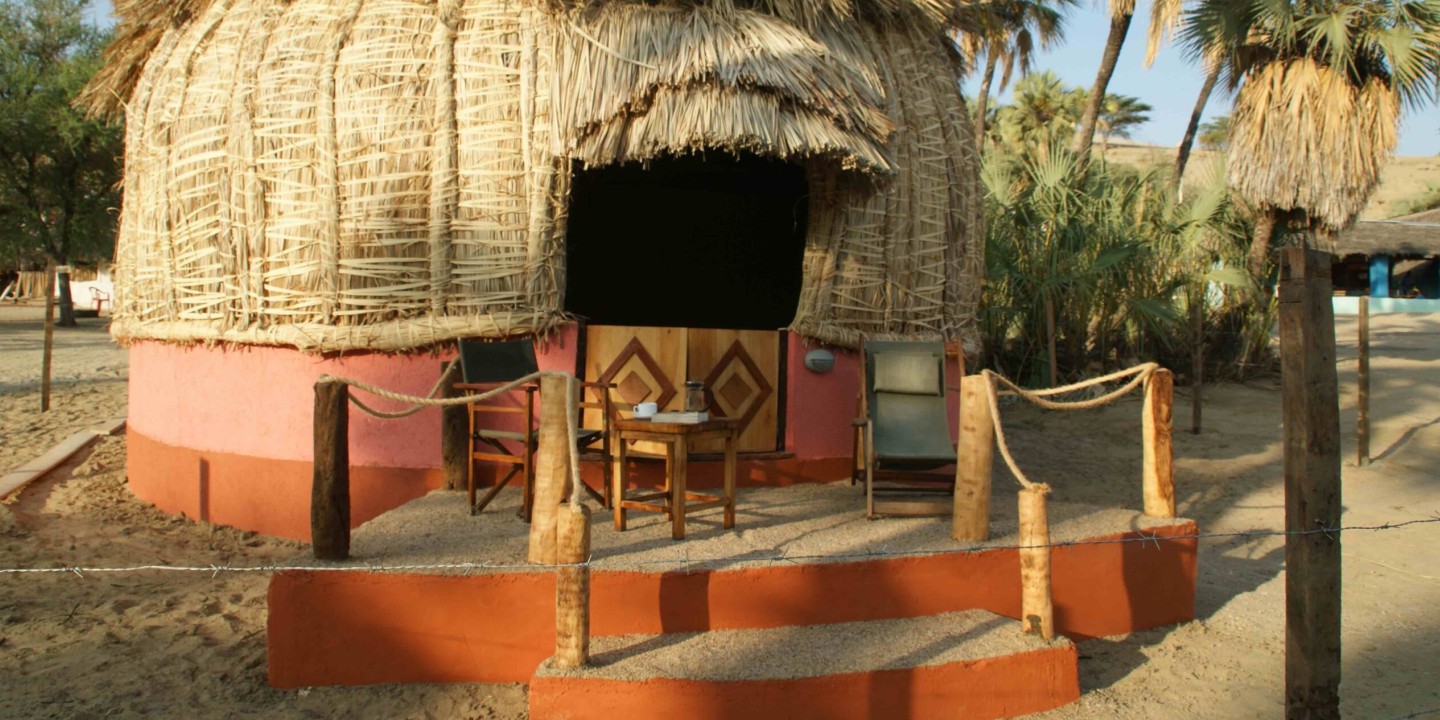 Eliye Springs Beach
Eliye Springs Beach
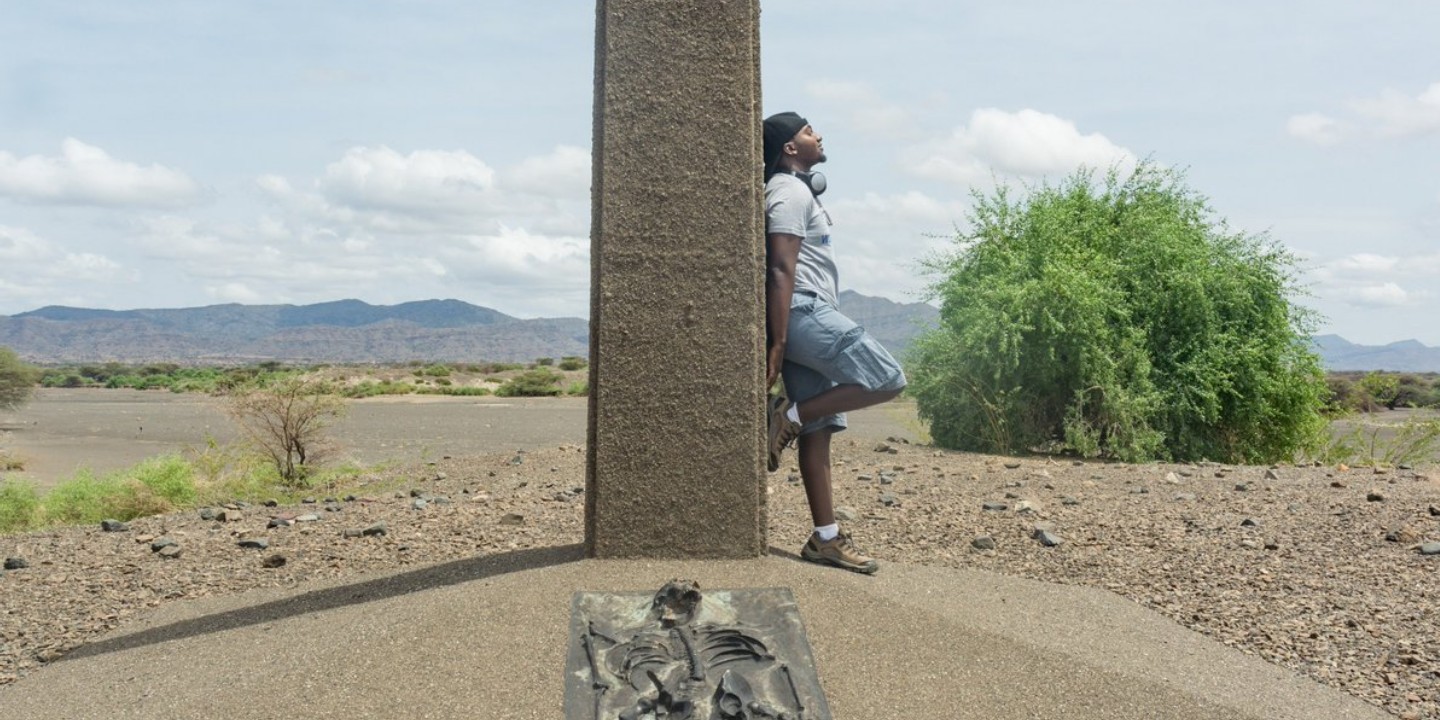 Turkana boy
Turkana boy
